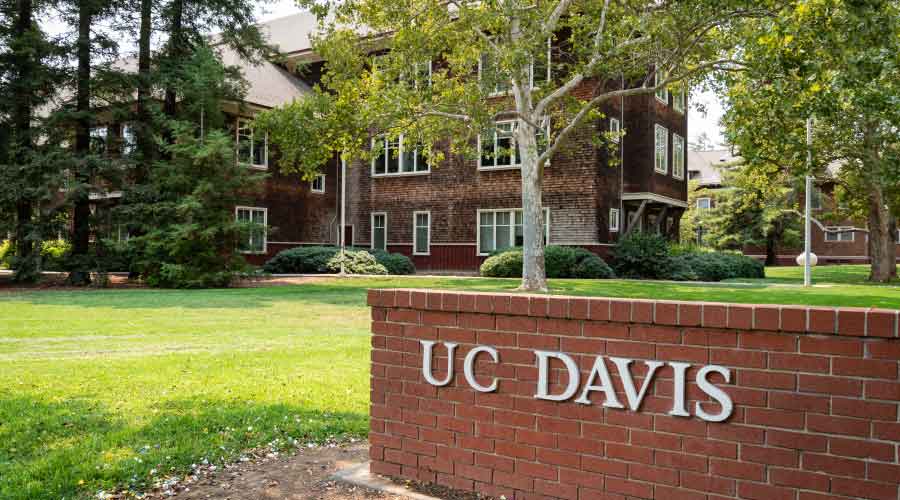
What Is the Inflation Reduction Act and How to Use it for Energy Projects?
Jacob Goldman of Energy Tax Savers helps navigate the benefits of the IRA February 9, 2023
By Jeff Wardon, Jr., Assistant Editor
The Inflation Reduction Act (IRA) opened up many doors on tax incentives for the energy community. It also aims to make alternative energy sources more financially viable for companies to use. To get a better idea of what the IRA can do, Jacob Goldman of Energy Tax Savers will present the session “Funding Your Energy Project with New Tax Incentives Related to the Inflation Reduction Act” at the NFMT trade show in March.
NFMT: What are alternative energy credits and how do they help with funding energy projects?
Goldman: There were alternative energy credits that existed beforehand. However, the Inflation Reduction Act completely changed over the system. When I say alternative energy credits, it's tax credits for using technologies like thermal energy storage, solar power, and microgrid controllers. Now there's what's called a base credit. It starts out universally at six percent, and then it expands from there. You can get all sorts of bonuses. For example, a five-times bonus which would make a 30 percent credit.
NFMT: Why is this an incentive or a potential draw for companies and their projects?
Goldman: So, let's say they were looking at a traditional technology vs. a ground source heat pump. A ground source heat pump is more efficient than the traditional technologies. However, imagine a ground source heat pump is twice the cost of the regular technology. With the tax incentives, you could get 50 percent off and that's just the federal incentives. Then there’s utility incentives and sometimes state incentives. When you stack them all together, you have a project that could be very close in price.
NFMT: What else can be done with these alternative energy credits if a company does not use them?
Goldman: Let's say your company is in a loss position, so you're not paying any taxes. Your company could still take these credits and wouldn't be able to use them. However, due to the IRA, they can sell their tax credits. The company buying that tax credit, they're not going to pay a dollar for a dollar tax credit. Maybe they would spend $0.90 or $0.85 to get a $1 tax credit and so on. Companies that do these alternative energy technologies will be able to sell their credits to other companies that would love to have these extra tax credits.
NFMT: How can the EPAct 179D benefit building owners?
Goldman: Since the passing of the IRA, 179D has been improved in some cases so building owners can take a tax deduction. Normally when you buy equipment for your building, you have to depreciate that over 39 years. It would be at a rate of one-thirty-ninth a year for 39 years. That's a very slow way to recoup the cost you get. What 179D does is that it allows you to take an immediate deduction up to a dollar limit based on the efficiency and based on the square feet. The dollar amount maxes out in 2022 as $1.88 per square foot, and that's if you could show that your building was 50 percent more efficient than the standard. So, if your building is more efficient than the standard by 50 percent, you get the $1.88 per square foot as a tax deduction instead of depreciating. It's the concept of time value of money — money now is worth more than money later due to inflation.
NFMT: What are the apprenticeship and prevailing wage requirements?
Goldman: So, these prevailing wage and apprenticeship requirements are brand new. Every employee, contractor, subcontractor and the like have to meet the prevailing wage requirement. Now on the apprenticeship side, that's kind of new where people haven't had a lot of experience. A certain percentage of total labor hours has to come from a registered apprentice from a registered apprenticeship program. That means on a daily basis you're going to need to be able to track how many hours did apprentices or other employees work and if they were getting paid the appropriate pay scale for the prevailing wage.
For more information on the Inflation Reduction Act and alternative energy credits, be sure to check out the related session hosted by Goldman at NFMT. Register for the show here.
Jeff Wardon Jr. Is the assistant editor of the facility market.
Next
Read next on FacilitiesNet












